The Raspberry Pi foundation has released a surprise announcement of the immediate release of the Raspberry Pi 4.

This new version is one of the most substantial upgrades to the Raspberry Pi hardware lineup, bringing a vast amount of improvements with it.
A New CPU
The new Raspberry Pi 4 Model B comes with a much-improved processor. It switches from the 1.2Ghz quad-core ARM Cortex-A53 to the much more modern and faster 1.5Ghz quad-core ARM Cortex-A72.
According to the Raspberry Pi Foundation, this should net you about a three times increase in CPU performance to that of the Raspberry Pi 3.
More RAM Options
In addition to the brand new processor, the Raspberry Pi 4 also now comes with several different RAM options.
One of the most significant let downs of previous models of the Raspberry Pi has been its minimal amount of RAM. With the new Pi 4, you now have the option of purchasing different versions of the Pi with either 1GB, 2GB or 4GB of LPDDR4 RAM.
Another thing to note about the RAM is that the Raspberry Pi 4 features a considerable jump in RAM architecture. The Raspberry Pi 3 relied on the now somewhat dated LPDDR2 specification, but the Pi 4 brings it a two-generation jump up to LPDDR4.
This technological jump means the RAM features on the Pi 4 should be much faster than what’s currently present on the Raspberry Pi 3 board.
Better Ethernet
Also included on the new Raspberry Pi 4 board is full-throughput gigabit ethernet. Previously the Raspberry Pi’s ethernet has been limited by the USB bus.
The Pi 4 does away with this old design flaw allowing you to now maximize the ethernet ports gigabit capabilities on the Raspberry Pi.
This network improvement helps make the Raspberry Pi much more viable in situations where network speed is crucial.
USB Upgrades
The Raspberry Pi 4 also brings a considerable upgrade to the Pi’s USB interface. It now features two USB 3.0 ports alongside two USB 2.0 ports.
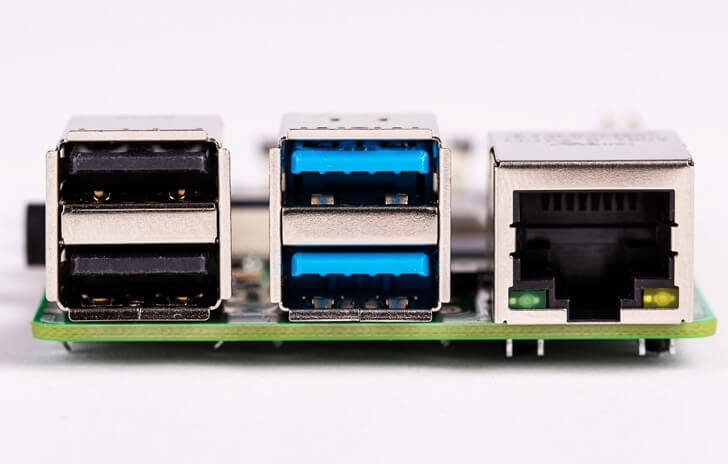
This improvement is a massive upgrade over USB2.0 and was much-needed for the Raspberry Pi. The addition of USB 3.0 makes the Pi 4 a viable device for dealing with data-intensive devices such as reading and writing to external hard drives.
Improved Bluetooth
The Pi Foundation also has improvements to the Bluetooth specification supported by its wireless module. You will find that the Raspberry Pi 4 has full support for Bluetooth 5.0.
Bluetooth 5.0 has numerous improvements over the old 4.2 specifications that were supported on the Raspberry Pi 3. One of these improvements is that it can work over four times the range of the old spec.
Better Display Support
The Pi 4 now comes with dual monitor support. The new implementation allows two monitors to run at up to 4k resolution at 60hz (30hz if running dual 4k monitors).
With this change, the Pi foundation had to get rid of the standard HDMI port and replace it with two micro HDMI ports.
The replacement of the traditional HDMI port with micro HDMI ports allows the Raspberry Pi 4 to feature all these improvements within the same footprint.
On the note of dual monitor support, the Pi 4 also comes with a more modern GPU architecture.
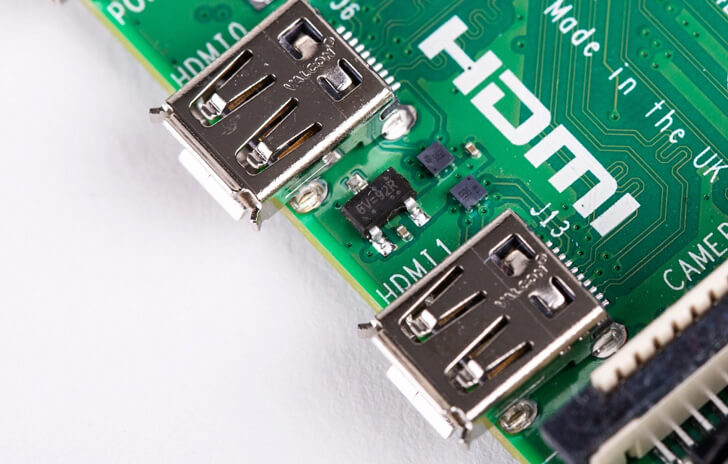
Now sporting Broadcom’s VideoCore VI graphics architecture the Pi 4 sees numerous improvements. One of the upgrades being the support for OpenGL ES 3.x.
In addition to the support of the newer version of OpenGL, the Pi’s hardware decoding capabilities have been greatly improved.
The Pi 4 now can decode 4K video at 60 frames per second that is using the HEVC (Commonly known as x265) encoding.
These changes are a massive improvement for those that utilize the Raspberry Pi as a media center as it is now more than capable of handling high definition video.
Improved Power Connection
The Pi 4 has also had a change to its power connection. The Raspberry Pi Foundation has thrown out the old USB micro-B connector for a USB-C connector.
This new connector allows the Raspberry Pi 4 to draw an extra 500mA of current. The change will ensure that it has a full 1.2A that it can use for downstream USB devices even under intense CPU load.
Almost every part of the Raspberry Pi has been reworked for the Pi 4. From a new CPU right through to the much-improved circuitry, this new Raspberry Pi is a considerable improvement over the previous generation of the Raspberry Pi. It fixes the majority of the shortcomings of the device.

Summary
To sum up everything we just talked about.
- A 1.5GHz quad-core 64-bit ARM Cortex-A72 CPU (Roughly 3× performance)
- 1GB, 2GB, or 4GB of LPDDR4 SDRAM
- Full-throughput Gigabit Ethernet
- Dual-band 802.11ac wireless networking
- Bluetooth 5.0
- Two USB 3.0 and two USB 2.0 ports
- Dual monitor support, at resolutions up to 4K
- VideoCore VI graphics, supporting OpenGL ES 3.x
- 4Kp60 hardware decode of HEVC video
- Complete compatibility with earlier Raspberry Pi products
Where can you Purchase?
You can purchase the Raspberry Pi 4 today starting at $35 for the 1GB RAM Model, $45 for the 2GB RAM model and $55 for the 4GB RAM model.
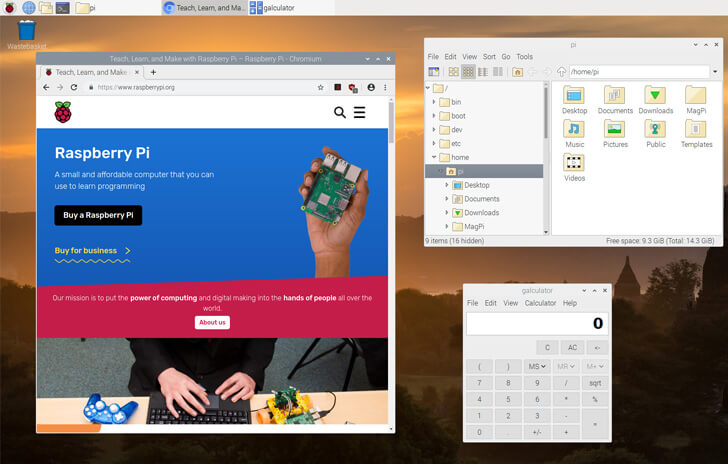
Alongside the release of the Raspberry Pi 4, the Pi foundation has a significant upgrade for the Raspbian operating system that is based on the up and coming Debian 10 Buster release.
The operating system upgrade brings with it numerous behind-the-scenes improvements as well as a modernized user interface. The Pi Foundation plans on talking about this update more in the feature.
As always we will work hard to try and ensure our Raspberry Pi projects will work with the latest Raspbian upgrade.
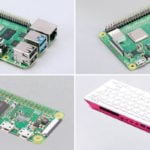

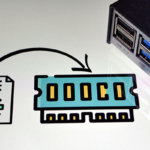


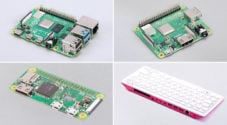


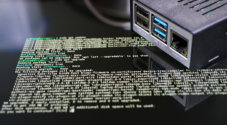

Is the RPi4 backward compatible with devices like the camera, port extenders etc ?
Hi Carl,
According to the Raspberry Pi foundation the Pi 4 should be backwards compatible with almost every part that was developed for the older generation Pi’s
There is some things like cases that won’t fit due to the changed ports but other then that from what we know everything else should work fine.
We check this out for ourselves when we get our hands on some Raspberry Pi 4’s.
Cheers,
Emmet
Well, some super new improvements. Whether one really needs two micro HDMI’s remains to be seen. $GB RAM S U P E R!!
A mini comment – I would have loved to see a SATA disk connection — but that is really far too much to ask for, on such a board. Still, USB3.0 is a very good alternative.